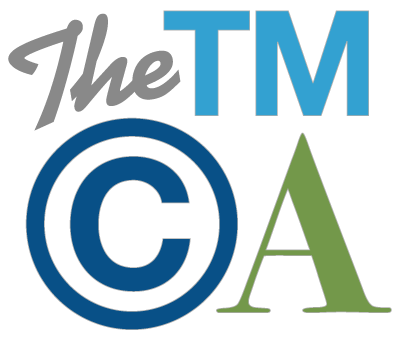Instead of Violating Someone’s Trademark, These Folks Go Straight to the Source to Try to Swipe Control of the Trademark Itself
The USPTO issued an unusual advisory bulletin last week, warning the public of a rash of “unauthorized changes” to active trademark applications and registrations. The bulletin, which can be found here, reveals that the PTO believes these may be part of a potential “scheme to register the marks of others on third-party ‘brand registries.’” What does this mean?
 There are several non-governmental brand registries designed to allow trademark holders to identify infringing products and better enforce their trademark rights. For example, a trademark holder might register with an online seller’s brand registry, identifying its trademarks based on USPTO records. The brand registry may provide services, such as advanced searching capability that recognizes text or even images, to help the trademark holder identify potentially wrongful use of trademarks, such as sale of products outside a geographic restriction, counterfeit products, or competitors using the trademark without permission to sell their own product. Demonstrating rights in a trademark based on USPTO records is key, because many brand registries require proof of U.S. trademark registration before they will allow the trademark owner to participate in the brand registry.
There are several non-governmental brand registries designed to allow trademark holders to identify infringing products and better enforce their trademark rights. For example, a trademark holder might register with an online seller’s brand registry, identifying its trademarks based on USPTO records. The brand registry may provide services, such as advanced searching capability that recognizes text or even images, to help the trademark holder identify potentially wrongful use of trademarks, such as sale of products outside a geographic restriction, counterfeit products, or competitors using the trademark without permission to sell their own product. Demonstrating rights in a trademark based on USPTO records is key, because many brand registries require proof of U.S. trademark registration before they will allow the trademark owner to participate in the brand registry.
What are these “unauthorized users” changing in trademark applications and registrations? The USPTO doesn’t specifically describe the unauthorized submissions, but provides an enlightening “example” of updating the contact information to a new email address. Presumably, the unauthorized user will direct all communication to himself/herself, perhaps with the design of establishing a basis for claiming trademark rights for a third-party brand registry and excluding others from using the trademark (while protecting its own use).
In other words, wrongdoers aren’t satisfied with violating the trademark rights of others; they’re now looking to capture control of the trademark rights for themselves and, presumably, keep anyone else from enforcing the trademark.
Fortunately, the USPTO says the instances of unauthorized changes “affect a small percentage of total applications and registrations.” Still, what should a trademark owner do? Quite simply, check your email. The USPTO urges trademark owners to carefully review any email notification of an unexpected change to their application or registration, and reach out to the USPTO if they believe unauthorized changes have been made. So that’s it, folks. Don’t ignore the USPTO notification email among the slew of junk mail you receive every day.







